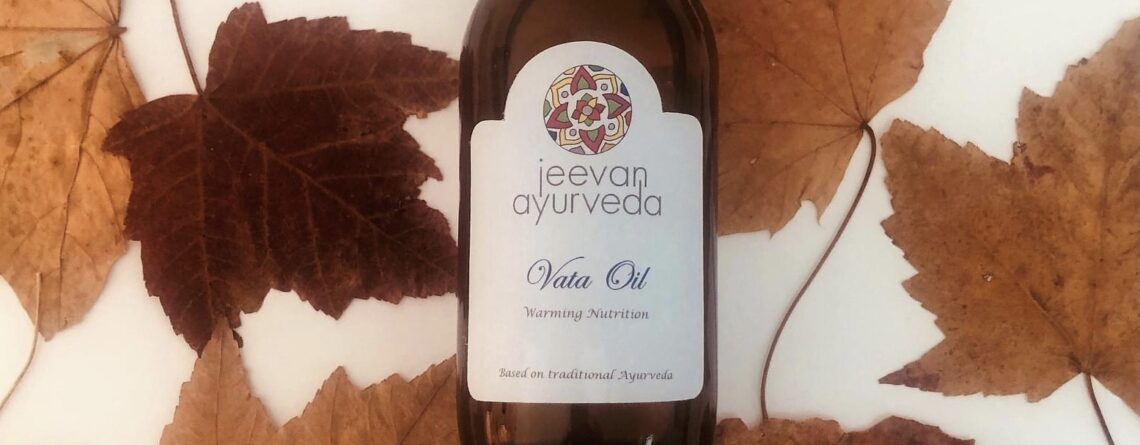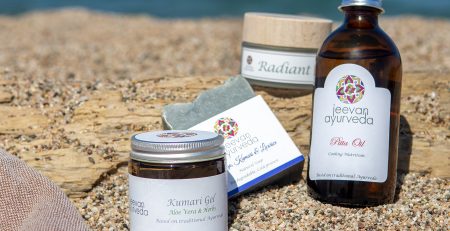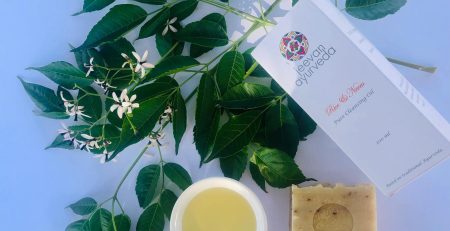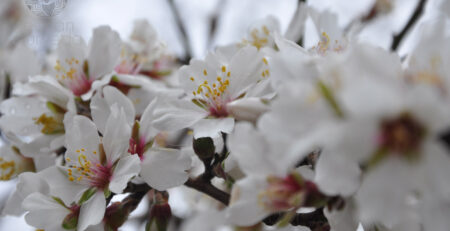Taking care of ourselves in autumn: Autumn Ritucharya.
Ayurveda advises us all to follow a seasonal routine (ritucharya). This routine is known throughout nature: in autumn, trees lose their leaves, and many animal species withdraw into themselves.
Mid-autumn and winter is the season when the Vata dosha (cold and dry) tends to increase.
To maintain balance (especially for people where the Vata dosha predominates) Ayurveda recommends:
-Order. The key to balancing Vata is order and regularity. Vata is an irregular dosha, easy prey to overstimulation. Aggravation of Vata turns enthusiasm into exhaustion.
-Plenty of rest. Rest is very important for any Vata imbalance.
-Heat. Being a cold dosha, heat is good for it. Vata is also dry, so make sure that the air in the rooms has sufficient humidity.
-Hot food and drink. Avoid dry or uncooked food (soup or stew is better than salad).
-Increase consumption of dishes with a predominance of sweet, sour and salty flavours.
Massage and self-massage the body with special hot oils to balance Vata.
-Take a hot bath or a long, hot shower in the morning. Moist heat is good for Vata.
-After the bath, apply Vata Body Cream to the skin all over the body, both of which are products formulated with warm, moisturising botanicals.
In general, the season in which we should be most alert is the one that corresponds to our predominant dosha: summer for Pitta, autumn-winter for Vata, and spring for Kapha.
Whatever your predominant dosha, enjoy the immense beauty of these coming months!











